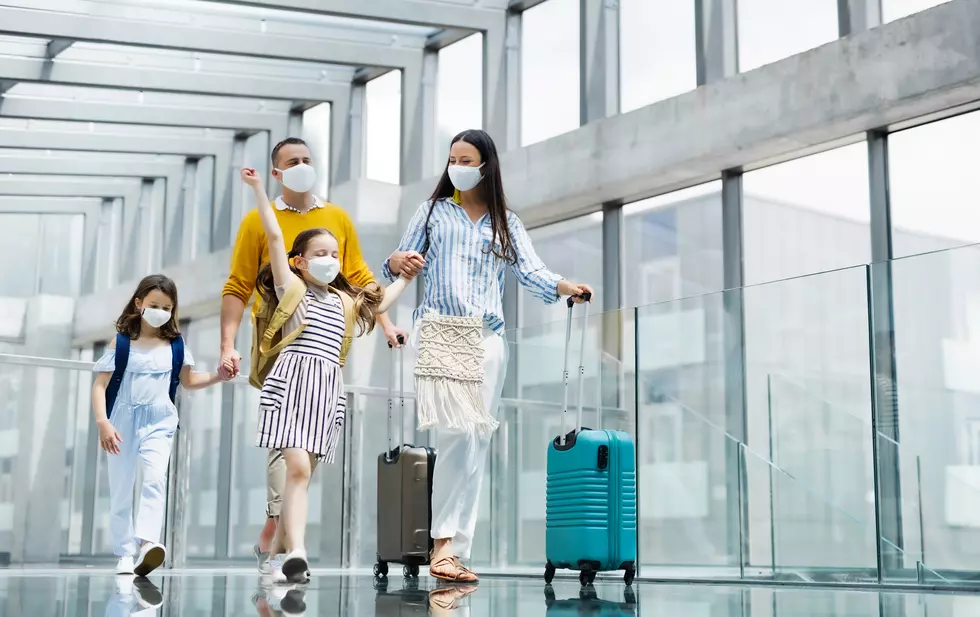
When Is the Best Time to Get Your Flu Shot?
When you woke up to temperatures in the 40s today (September 8) and heard about snow in the Black Hills, did the words 'way too soon' come flying out of your mouth, or was it just me?
But while most of us aren't even remotely ready for fall just yet, our sudden cold snap is an important reminder that we're about to head into influenza season, which means it's time to start thinking about when you're going to get your annual flu shot.
Because it's 2020, this won't be your typical flu season with the ongoing COVID-19 pandemic complicating things like never before. So while you might be tempted to run out and get that shot now, that won't provide you with the most protection against influenza.
According to the Centers for Disease Control and Prevention, which acknowledges that the flu shot is less than 50 percent effective even in a good year, the timing of when you get the shot is crucial.
The CDC's recommendation? Unless you're being directed by your doctor to act now, you're better off waiting a few weeks.
Mid-September to late October will provide you with the best immunity from influenza. Any sooner than that and you run the risk of the shot losing its effectiveness before the flu season runs its course.
And while the flu shot is encouraged for most everyone, the CDC has pinpointed several groups that are highly encouraged to get the annual influenza vaccination:
- Children aged 6 through 59 months
- Adults aged 50 years and older
- Persons with chronic pulmonary (including asthma), cardiovascular (excluding isolated hypertension), renal, hepatic, neurologic, hematologic, or metabolic disorders (including diabetes mellitus)
- Persons who are immunocompromised due to any cause, including (but not limited to) medications or HIV infection
- Women who are or will be pregnant during the influenza season
- Children and adolescents (aged 6 months through 18 years) receiving aspirin- or salicylate-containing medications who might be at risk for Reye syndrome associated with influenza
- Residents of nursing homes and long-term care facilities
- Native Americans
- Persons who are extremely obese (BMI 40 and above for adults)
KEEP READING: See states hit hardest by COVID-19’s impact on tourism
More From KKRC-FM / 97.3 KKRC









